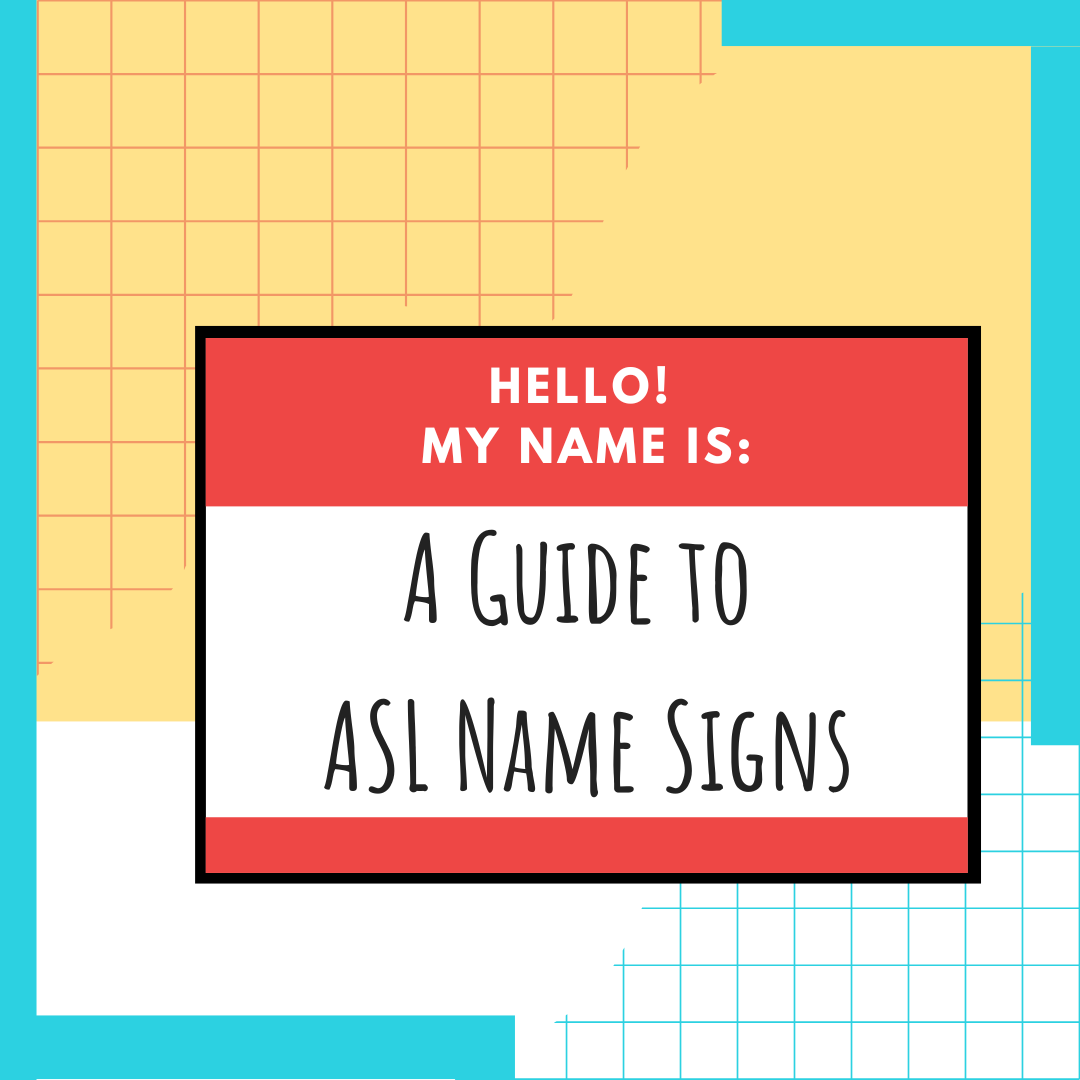
Deaf Culture | Name Signs
- by Katelyn Cheng

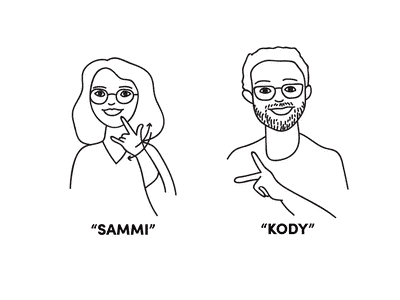
Deaf culture consists of many valued traditional aspects that are significant to the Deaf community, and one of them is name sign. Name sign is a sign that is exclusively given to the person and it is usually created based on the person’s characteristics, personality, hobbies, etc, which uniquely and distinctively identify a person. When it comes to a person’s identity, name sign plays a major role in defining who the person is. However, not everyone has a name sign, and this may be by choice, that they have not received one, or that they did not like the name signs they were given. In this case, their names are usually just finger spelled. The purpose of name sign is to reduce finger spelling people’s names every time they are addressed when name sign can easily substitute finger spelling. Also, name sign is another way for people to quickly identify and remember the person.
The tradition of Deaf people giving individuals outside of the Deaf community name signs very closely resembles Native Americans giving names to honorary members from outside their tribe. Part of the Deaf culture is that only a culturally and lingually Deaf person can assign a name sign, not just anyone. It takes time for Deaf people to know someone, so it can take months before receiving a name sign. The receiver can accept or reject a name sign and it must be mutually agreed upon between the Deaf person and person receiving the name sign. Name sign is not permanent as the person can choose to drop it or accept a new name sign.
Name signs can be portrayed in two ways. One way is descriptive, which means that the name sign is based on physical appearance, occupation, quirk, habit, similar sound of the person’s name, or any other unique traits. Descriptive name signs are more common in Europe and other continents. The other way is initialized combined with descriptive, which means that the name sign starts with the first letter of the person’s name followed by a description of the person’s unique characteristic. Usually a single first letter is used, but sometimes double letter initials are used to avoid confusion with someone else who may have a similar name sign. This is common in North America.
Let’s use Violet as an example. A unique characteristic of Violet is that she loves to travel. Here is an example of Violet’s name sign portrayed in two ways.
The video below is the sign for travel:
Here is an example of Violet’s descriptive name sign:
Here is an example of Violet’s initialized and descriptive name sign:
When you introduce yourself to others, you should finger spell your name, followed by your name sign, so the person can immediately identify and remember who you are. Since every name sign has a significant meaning or story, it is a common question to ask for the story behind a name sign, not to mention a way to get to know someone better. If you have a name sign, then it means you are welcomed in the Deaf community, so enjoy your name sign and the honor of being given one.
Start Learning ASL Today!
 Ready to start learning real American Sign Language and not just basic signs? Do you want to be a part of the vibrant Deaf community? Check out our Free ASL 1 Course or our Complete 4-Level ASL Course options and start learning ASL today!
Ready to start learning real American Sign Language and not just basic signs? Do you want to be a part of the vibrant Deaf community? Check out our Free ASL 1 Course or our Complete 4-Level ASL Course options and start learning ASL today!

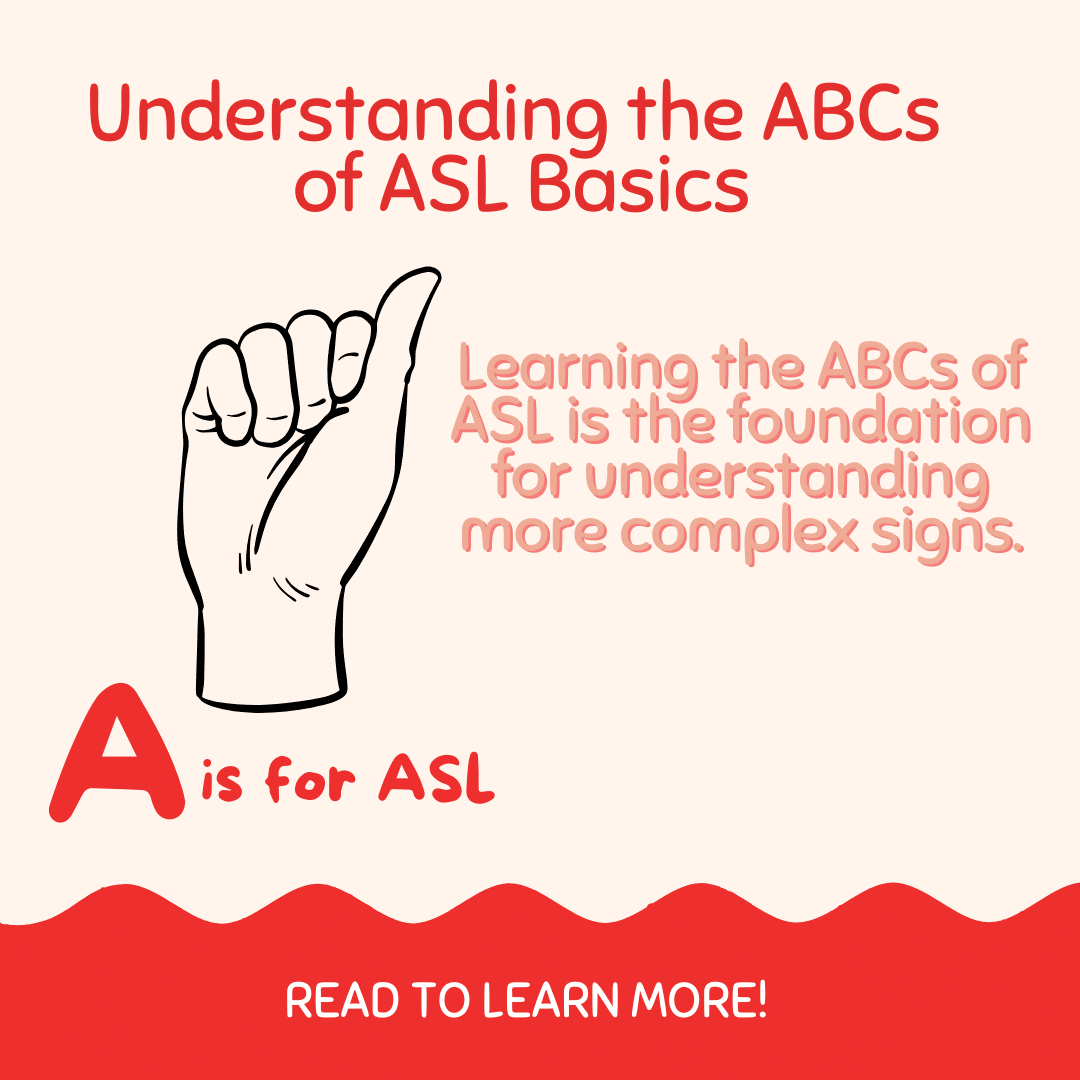
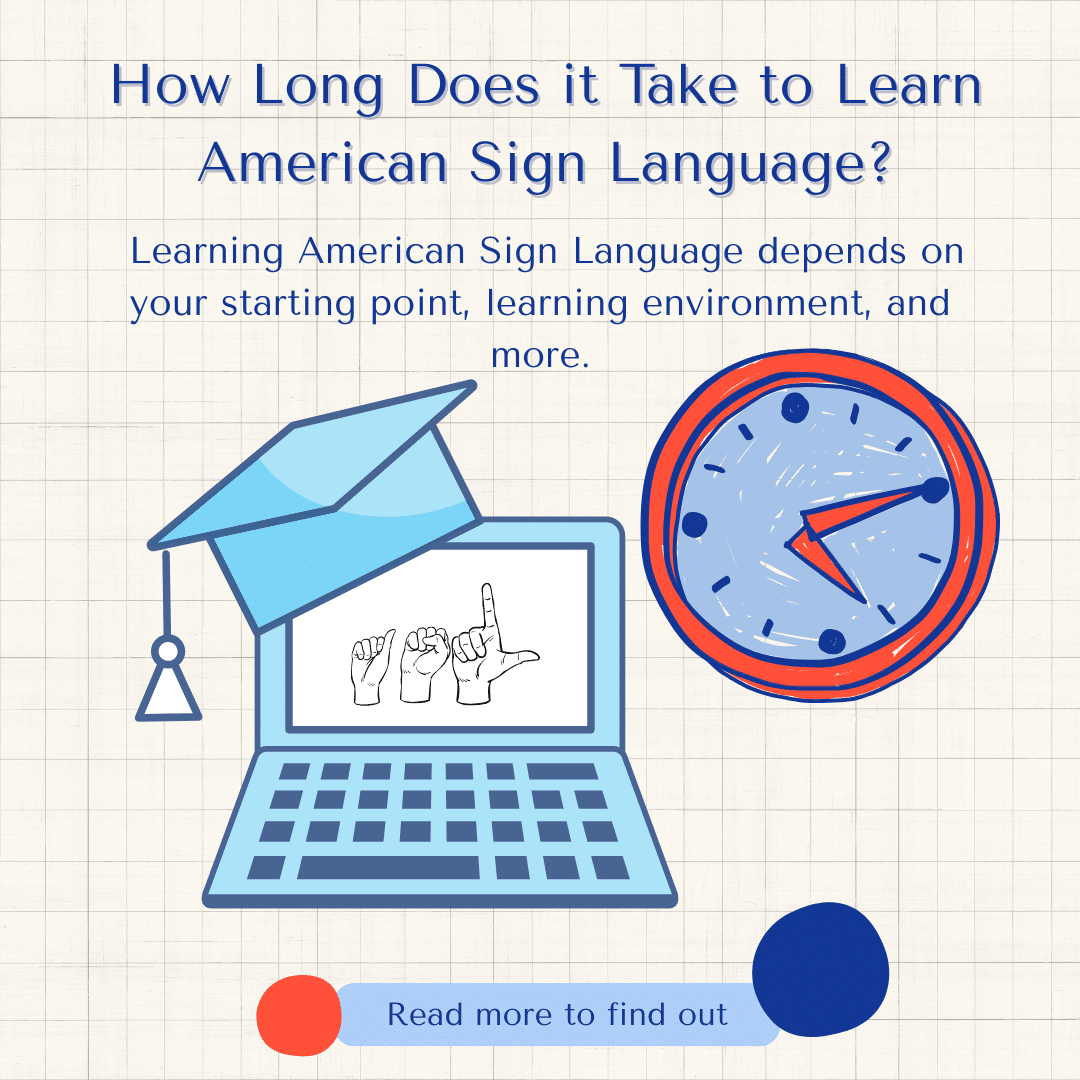
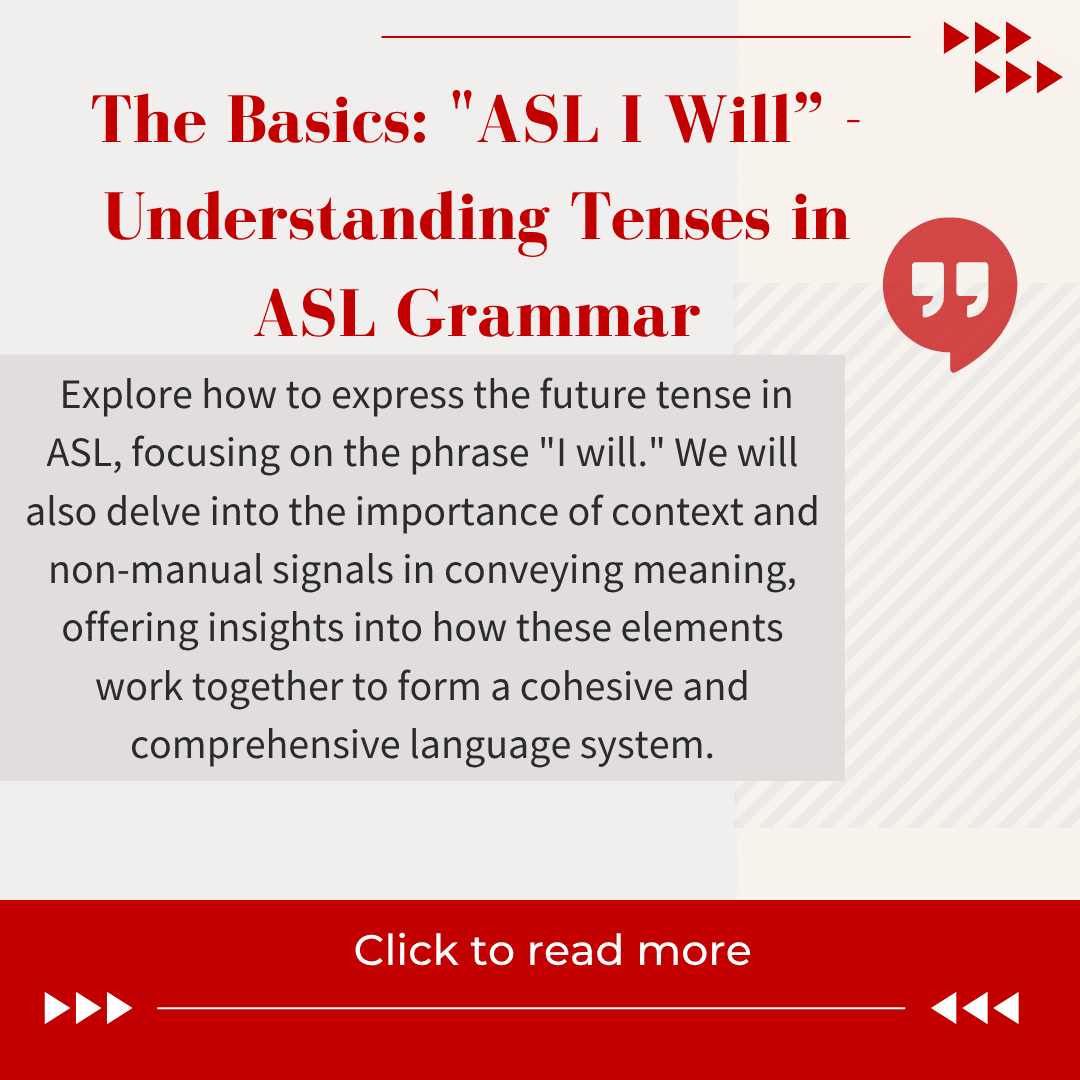

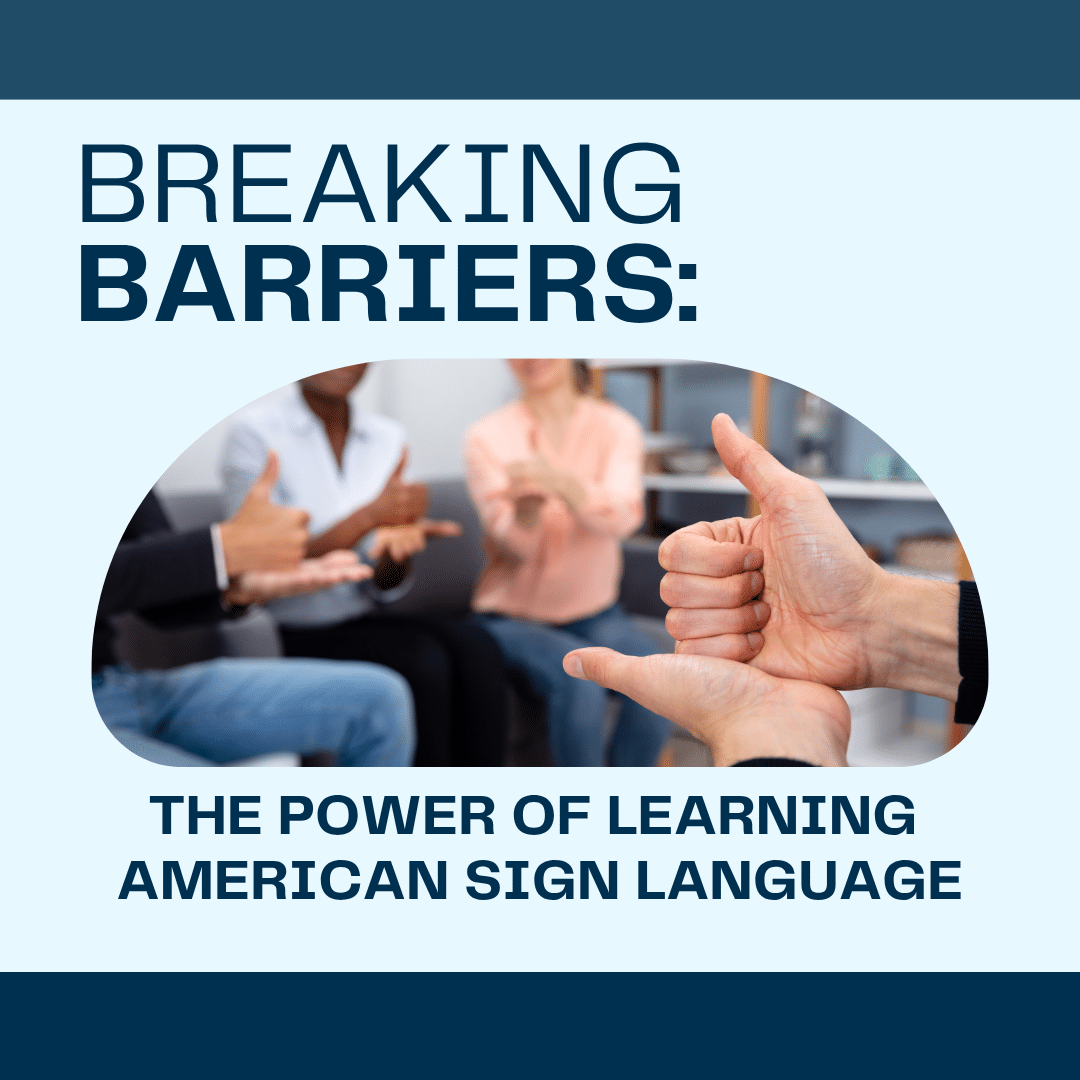



8 Responses
The deaf community may try to control the language, but that’s not how language works. ASL is more malleable than deaf culture. That’s neither good or bad, but that’s language.
This is interesting information. If not anybody, then who in the Deaf community decides a person’s name sign?
normally those of us that use it as our first language. realistically we’re not mean or rude about it if a HOH or later deaf person gives you one. since it is a gift and that means we’re essentially accepting the person into the community
:) I love that. It would be an honor.
I find this topic very interesting and plan to write about it for my midterm. Thank you for the information!
Name signs seem to be very significant to a person and pertain to who they are.
Name signs have a very interesting meaning to them and seem very valued in Deaf communities.
Very clear and helpful. Please allow me to use with my students.
Kind regards
Ken Garcia